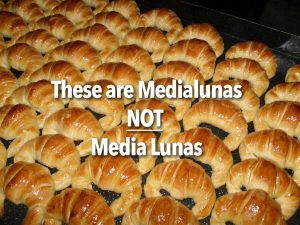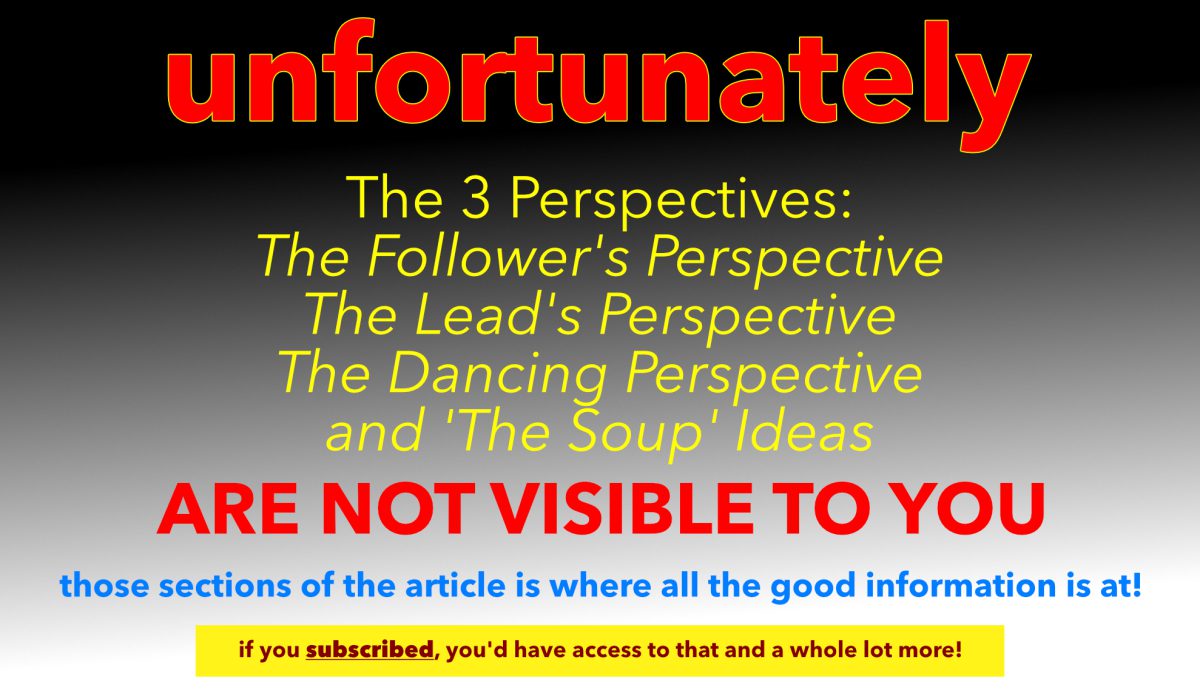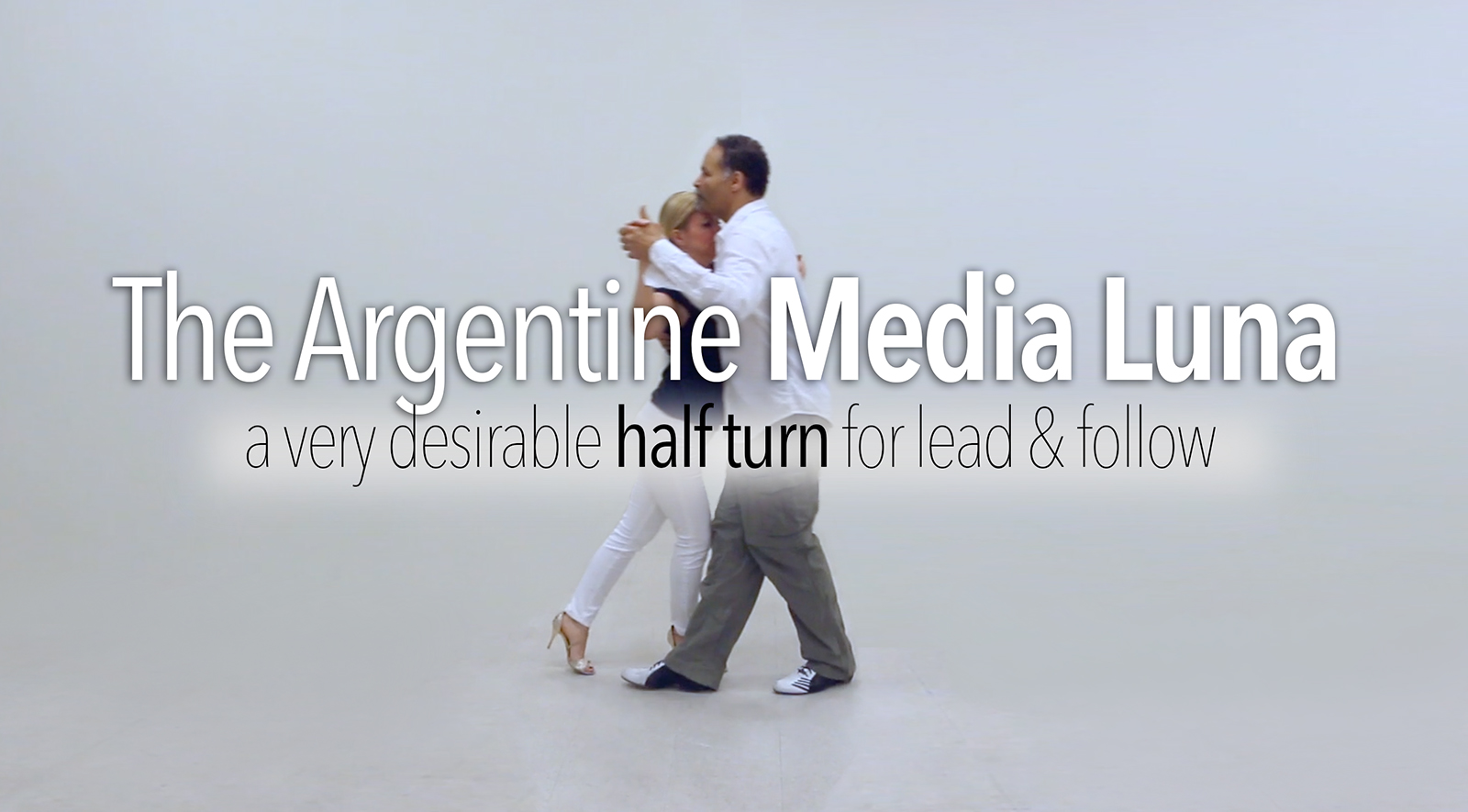In Buenos Aires there is a type of pastry that will blow your mind which is freshly made, hot, and right out of the oven (especially at La Viruta at 5 am – they buy theirs from a local panaderia, con Café con Leche). Truthfully they’re almost like heaven. They’re also insidious, fiendish really, as you can’t have just one! Nooooo. You must have a whole bag of them! No matter how strong your willpower is, trust that you will have several of them, several times a week, and go to your local panaderia (bakery) and you’ll pick them out yourself, and then go to pay for them with a gleeful smile, knowing what’s in the bag! You won’t be able to make it all the way to the front step of your apartment without having one, maybe 3! These pieces of delight are called ‘Medialunas’ and they’re like Crack Cocaine because of their addictive quality! They’re lightly sweet, incredibly fluffy, and soft to the touch…sort of like a croissant but better, muuuuuuch better and oh so delicioso!

Frequently for the Tango dancer they’ll hear this word and think of the pastry. There is however a piece of Tango vocabulary that has nothing to do with the pasty that causes a bit of confusion, and that’s the Argentine Media Luna, and obviously they’re not the same things. One is a pastry and the other…well, the other is one of the 8 types of common turns that we find in Argentine Tango. The 8 Types ? 1.) The Follower’s Molinete (open embrace, and close embrace) & the Lead’s Giro. 2.) The Milonguero Turn. 3.) The Rock Step. 4.) The Ocho Cortado. 5.) Calesitas. 6.) Walking Turns. 7.) Single Axis & Colgada Turns. There’s one more that doesn’t get used a whole lot and is the subject of Today’s Tango Topic: The Argentine Media Luna.
What is an Argentine Media Luna ? The words, “Media” & “Luna” when translated from their Spanish to English cognates, translate as “Half” & “Moon” or in this case, “Half Turn”. It is exactly what it sounds like but with a Tango twist. In many ways it resembles the Follower’s Molinete. And if you don’t know any better, you could swear that they’re exactly the same. On paper, meaning technically, they consist of the same basic moves, with one major difference: In the case of the Follower’s Molinete, there’s Applied Disassociation on the Back and Forward steps. In the case of the Argentine Media Luna, there is no Disassociation or Applied Disassociation from the Follower!
The Media Luna is used primarily as one way of turning the couple. Not necessarily the Follower, but the couple, down the line of dance. It is frequently used as a stepping stone or entry point to executing something else, as there are many options out of the Media Luna. However in it’s base form it can and should be used to as a navigational element. It’s also, because of its lack of use, a nice surprise to the Follower and a bit of a change up from the same Follower’s Molinete to the Open Side of the Embrace OVER and OVER and OVER and OVER and OVER and OVER again! So quite rightfully, this is a great turn to add to your repertoire from a Leading perspective AS WELL AS from a Following perspective.

The Free Tip. There is one thing about the Media Luna that isn’t mentioned or shown a lot, is that the closed side of the embrace version (the dark side) is awkward. Really awkward. So awkward in fact that more than likely the Follower will look at the L/lead that attempted it and will ask, “Are you out of your ever lovin’ mind ?”. And the reason ? The outside partner step feels strange. It’s not that it’s not doable, it just feels strange.
About The Video. This video comes in at 15m:16s in length in 11 Sections. Both lead and follower technique is combined and integrated in the video.
Section 1 – Introduction – 00:00:25
Section 2 – The Vocabulary – 00:01:43
Section 3 – The Turning Component – 00:00:45
Section 4 – The 2nd Media Luna – 00:01:13
Section 5 – Without The Lead Back Step – 00:00:37
Section 6 – With The ‘Embrace’ – 00:01:15
Section 7 – The Close Embrace Version – 00:01:14
Section 8 – Media Luna Examples – 00:02:55
Section 9 – The Dark Side Media Luna – 00:02:18
Section 10 – The Shorter Side Step – 00:00:37 (edited version above in the sample)
Section 11 – The Dark Side Solution/Wrap Up – 00:01:03

